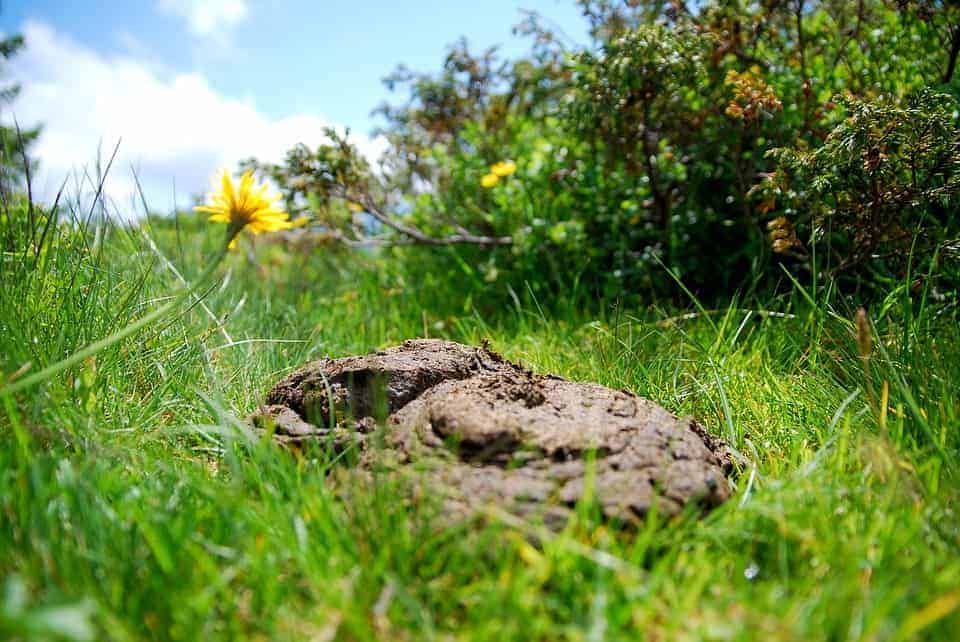
Diagnosis of Animal Disease by Examination of Dung
Examination of Dung
Starting from the apparent clinical signs of disease to establishing its root cause is known as diagnosis. The method of diagnosis is based on elimination. The diagnosis is very important. Proper treatment is not possible unless the diagnosis is perfect. It is true that many diseases are ‘self-curing’ and natural body defenses need no support for their cure, but there are many diseases which cannot be cured by natural defenses alone and proper treatment is necessary. For proper and accurate treatment, correct diagnosis is necessary. Correct diagnosis means that the main cause of symptoms and type of pathological changes caused by it is correctly understood. Testing of body fluids also provides much information for the diagnosis, for which examination of blood, stool, urine, milk, dung, etc is conducted. Fecal examination of dung samples helps in identifying problems of digestive system, nutritional deficiencies, bacterial or viral diseases, etc. It is to be remembered that use of medicines affects dung and changes can be seen in its color, smell, consistency, type, quantity and other characters. Therefore no medication should be given to animals about a week prior to examination of dung. Also, it is necessary to avoid use of Antidiarrheal and anti-parasitic drugs.
Normally a cow or buffalo defecates 12-18 times yielding about 20-40 Kg dung in 24 hours. The type of metabolic activities and nutritional imbalance can be found simply by dung examination alone.
| Symptoms | Possible causes | Recommended solutions |
| Dark color and thin/ pasty dung | Excess than required protein or low fibers in the diet | Balance the protein and fiber ratio in the diet |
| Light color and thin/ pasty dung | Acidosis (bloat) | Add rumen buffer and yeast in the diet |
| Uniformly loose dung | Excess protein or inadequate energy diet | Balance the protein and energy ratio in the diet |
| Uniformly hard dung | Excess fibers or energy. Low salt, inadequate water intake, low protein or sucrose or excessive quantity of fiber | Increase quantity of nutrients in the diet to enhance production |
| Inconsistent dung with bubbles | Acidosis | Add rumen buffer and yeast in the diet. Check nutritional imbalances and dry matters in the diet. Do not give bulk feed at a time |
| Grains in dung | Lack of grinding of grains or acidosis | Check dental status and add rumen buffer and or yeast in the diet |
| Diarrheic dung with bubbles, soiled cow | Intestinal tuberculosis, excessive feed, faulty management during movement | Consult a veterinary doctor for control |
| Fresh dung with mucus | Fungal toxins | Improve silage management. Check nutritional components |
| Diarrhea | Infectious diseases, poisoning | Consult veterinary doctor |
Evaluation of dung
Consistency of dung is a very good indicator of gastro-intestinal functioning and demonstrates that how efficiently the animal is utilizing ration. Regular monitoring of dung is a useful method to identify general health as well as dietary problems. Cows in the same parturition should have similar type of dung. An animal with acidosis will show diarrheaIt is a condition characterized as the passing of loose feces and anorexia. Due to this, rumen motility is reduced and dung becomes hard; again the cow starts normal feed intake leading to rumen disorder and diarrhea. As such, changes are seen in the consistency of dung.
1. Loose and watery diarrheic dung:
This type of dung indicates disease, which may be due to many causes. In this condition, hips of cow are soiled with dung. Dung is passed in an arch shape. Excess protein and low fibers in the feed is the cause of this type of dung. One of its causes is feeding succulent grass, which has risk of metabolic disorders. In the process of non-protein utilization, animals use energy which may induce health problems in them.
2. Custard like dung:
In this type, the dung is splattered far on ground and there is no proper pile formation. Hips of cow are soiled with dung. The height of the dung-pile is not 2.5 cm. This type of dung is excreted when animals eat succulent juicy grass or when their diet is imbalance. Animals are prone to metabolic disorders
3. Dung of ideal thickness:
It is of 4-5 cm height like porridge; on center of its top there is a mild depression. Dung falls on one place with low noise. Hips of animals are clean. Dung doesn’t stick to shoes. Such animals are healthy.
4. Thick and heavy dung:
This type of dung drops on the ground in the shape of pile of over 5 cm height, which may stick on shoes or mark of shoes may be seen over it. This type of dung is normal in dry or non-lactating cows. But in lactating cows it indicates nutritional imbalance. This type of dung is found in animals consuming low protein and high fiber diet.
5. Hard dung:
This type of dung is hard like a biscuit and piles up in the shape of a ball. Mark of shoes remained imprinted on it. This is undesirable for lactating cows. This type of dung indicates protein and energy deficiency and excess quantity of fibers. Lactating cows with such types of dung have low milk yield. The problem is further exaggerates due to dehydration. Animals with gastro-intestinal obstruction may also show this type of symptom.
Dr. D. Swarup
Veterinarians
